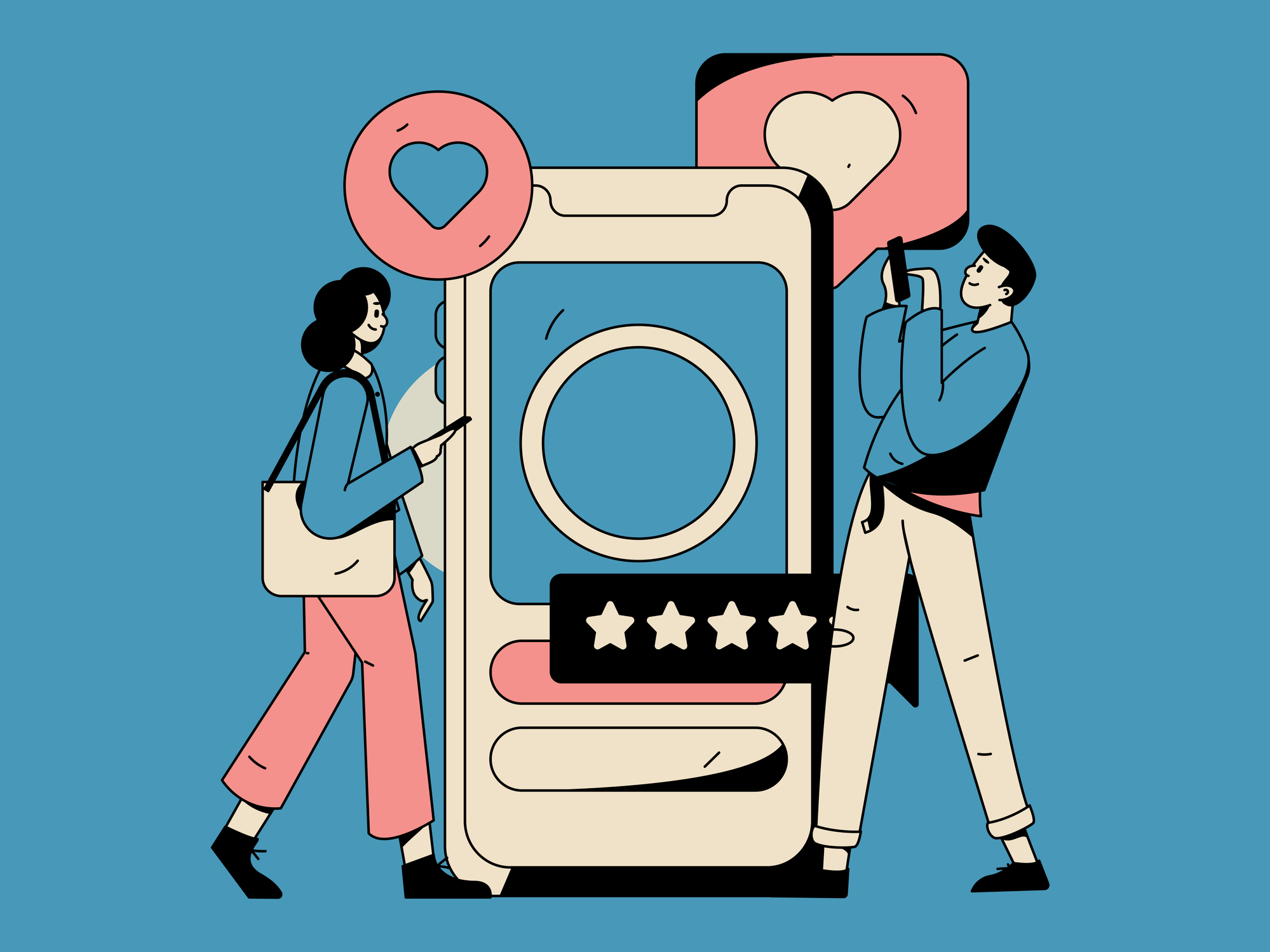Many modern relationships start with a phone notification—a text from the stranger from last night, a delightful chime that you’re a match, or a haptic vibrating your hand. Daters are using large language models (LLMs) like Chat-GPT and Claude to craft their dating profiles and witty messages. People are even skipping human dating altogether in favor of AI boyfriends and girlfriends. It’s fair to say that our romantic relationships are becoming increasingly dependent on our use of technology.
[time-brightcove not-tgx=”true”]
I am by no means anti-tech. I live in the San Francisco Bay Area, the hub of tech innovation, and I have recommended many dating and relationship apps to my clients over the years. But it cannot be denied that as technology advances, and artificial intelligence becomes more commonplace, romantic and sexual partnerships are changing.
The term “digisexual” was coined in 2017 to identify those whose primary sexual experiences are mediated by technology, meaning they prefer tech-based sex as opposed to flesh-based sex. By that definition, there’s a growing number of digisexuals out in the dating scene.
According to Pew Research Center, 30% of U.S. adults, and 53% under the age of 30, have used a dating site or app. Interestingly, only 10% of partnered people polled met in this way. That means that many daters who use apps are engaging with this technology without seeing the results that they signed up for. Of course, not everyone wants a relationship, but according to surveys conducted by Tinder, the most-used dating app in the country, the majority of daters actually do.
As a result, many daters are frustrated by their relationship with the apps. And in fact, this relationship is often the only relationship they get from dating online.
Another phenomenon I’m seeing more and more is people who would rather text, video call, and engage with their matches through social media, than ever meet in person. After weeks, months, or sometimes over a year of tech-based communication will some of my clients realize they should meet their connection in person.
Technological encroachment on your love life doesn’t end with dating. We use technology to keep in touch, plan dates, send romantic missives, and sext. There are apps designed to help you build a bond by asking you and your partner about yourselves, then sharing your responses. Some apps help you learn the best ways to please yourself and your partner in bed, while others promise deeper conversations through helpful prompts. There are apps for chore wheels, therapy, mindfulness, relationship coaching, and pretty much anything else you need help with.
We even use tech as a way to judge compatibility. I’ve had clients who really struggled with how the person they were dating communicated with them digitally. In fact, it’s a common complaint that face-to-face interactions are great, but the person’s texting style or pace of communicating digitally is less than ideal. In some cases, this mismatch was enough for the relationship to end. In others, it was cause for conversations and either a compromise or acceptance.
And then there’s technology we use for our intimate lives. There are myriad ways for people to be sexual with themselves, partners or strangers through the use of their devices. You can listen to erotica on your morning commute, track your orgasms with an app for your vibrator, watch pornography, lurk on message boards for fanfiction, subscribe to OnlyFans pages, or start your own account. Sending nudes that disappear is an option on several messaging apps, and if you want to know what you and your partner have in common sexually, there’s an app for that too.
The idea of having intimate relationships with technology is becoming so accepted that 25% of young adults believe that AI has the potential to replace human romantic relationships, according to the Institute for Family Studies. Of the people most in favor of AI relationships, heavy porn users are at the top, suggesting that immersion in tech-mediated sex makes one more open to deepening this experience to include full-on tech companionship. We’re already seeing how chatbots that weren’t designed for this purpose are being used as romantic partners. And several AI companies have sprung up to meet the demand for AI partners.
But tech-based “solutions” that completely smooth out the necessary friction of living and growing through the natural course of a relationship are not a sustainable solution for society’s romantic frustrations. So much of the benefits of partnership come from moments of disagreement and conflict resolution—that’s when you learn the most about yourself and your partner. Most AI chatbots are made to be agreeable and cater to your every need, which isn’t how typical romantic partnerships work.
So many of us believed that technology could enrich our lives, but never thought that it would take up so much space in our relationships. Arriving at our digisexual reality has been a slippery slope from app to bot that we never saw coming.
But now that awareness of these trends is on the rise, the question becomes if we will consciously allow technology to continue to shape our relationships in the future.
And will this next wave of tech make us more dependent on it for love?

